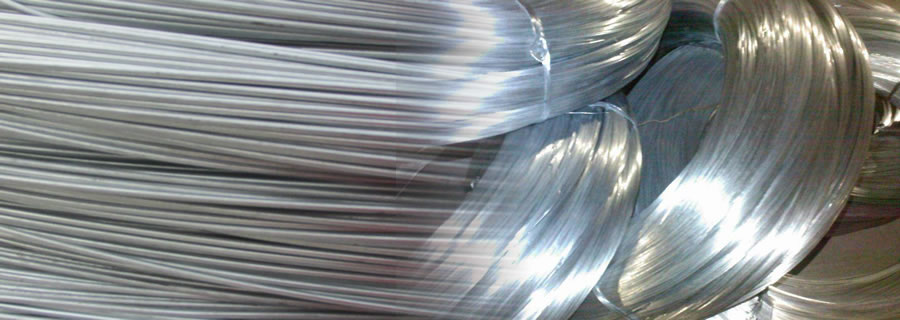Galvanized Steel: Types, Uses, & Benefits

What is Galvanizing?
Galvanizing, also known as galvanization, is a manufacturing process in which a zinc coating is applied to steel or iron to provide protection and prevent rusting. There are several galvanizing processes available, but hot-dip galvanizing is the most commonly offered and used method.
Galvanized steel is one of the most popular steel types due to its long durability, which combines steel's strength and formability with the corrosion protection provided by the zinc-iron coating. The zinc protects the base metal by acting as a barrier against corrosive elements, and the coating's sacrificial nature results in a long-lasting and high-quality steel product.
Because of its adaptability, it is suitable for a wide range of projects and industries, including agriculture, solar, automotive, and construction. We hope to provide a comprehensive description of how galvanized steel is processed, different galvanization methods, its benefits, and how it is used in these various industries in the sections below.

The Steps in the Galvanizing Process are as follows:
- The steel is cleaned in a degreasing solution.
- After cleaning, the steel is pickled by immersing it in a vat of diluted hot sulfuric acid.
- The steel is then fluxed in an aqueous solution (typically zinc-ammonium chloride)
- After the fluxing, the steel is galvanized by immersion in a vat of molten zinc.
- Following that, the steel is inspected for consistency and completeness of coating.
What Are the Advantages of Galvanized Steel?
Many different industries use galvanized steel primarily because it provides such a wide range of benefits to industries, including:
Low Initial Cost: in comparison to the majority of treated steels, galvanized steel is ready to use as soon as it is delivered. It does not necessitate additional surface preparation, inspections, painting/coatings, and so on, and also saving businesses money.
Longer Life: A piece of industrial steel galvanized is expected to last more than 50 years in average environments and more than 20 years in extreme water exposure. There isn't anything that needs to be maintained. The increased durability of the finished steel product improves its reliability.
Rust Resistance: Because of the zinc plating Steel's iron elements are extremely prone to rust, but zinc serves as a protective buffer between the steel and any moisture or oxygen. Galvanized steel is extremely protective, even in sharp corners and recesses that other coatings could not protect, making it resistant to damage.

Different Methods of Galvanizing
Hat-Dip Galvanizing: Hot-dip galvanizing is the most common method of galvanization. The procedure is exactly as the name implies! Steel or iron is dipped in a molten pool of zinc that maintains a temperature of around 860°F (460 °C) in this method. This molten bath initiates the formation of a metallurgical bond between the zinc and the receiving metal. When the metal is removed from the bath, it reacts to being exposed to air, and pure zinc combines with oxygen to form zinc oxide. The zinc-oxide then reacts with carbon dioxide to form zinc carbonate, which serves as the material's final protective coating.
Galvannealing: Galvannealing is the result of combining the annealing and hot-dip galvanizing processes to create a specialized steel coating. Galvanization is accomplished through hot-dipping and instantaneous annealing, which results in a matte grey finish.
Pre-Galvanizing: Similar to hot-dip galvanizing, but performed at the very beginning of production. Pre-galvanizing is the process of quickly priming sheet metal for galvanizing by rolling it through a cleaning agent. The metal is then recoiled after passing through a pool of molten liquid zinc.









